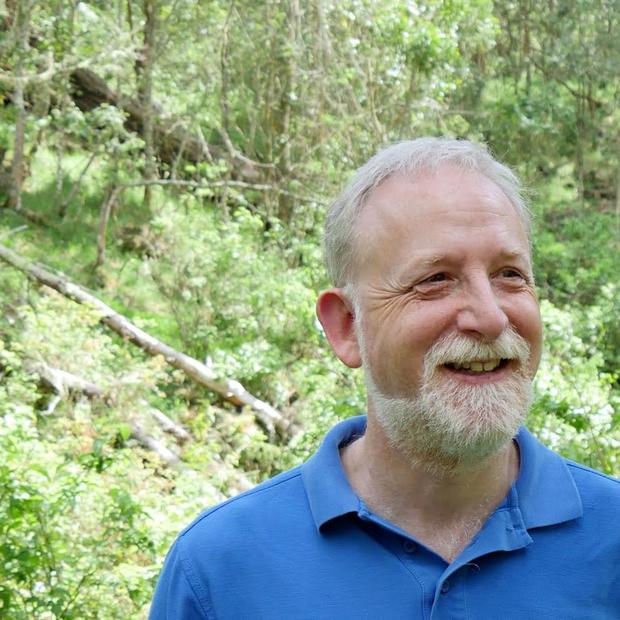In Jerusalem, a municipal administration rides a pendulum between sustainability and geopolitics. Greenbelts, light rail, complete street-making, and the storied demolition orders for Palestinian homes in a floodway: all live on a world stage.
Last week, addressing Pacific Northwest professionals visiting with Seattle-based i-SUSTAIN, Deputy Mayor Naomi Tsur prescribed the ultimate sustainable urbanism, drawing from a Hebrew phrase. Jerusalem must "emerge from its [many] walls," old and new, she argued, and enhance the city's diverse, public areas largely already shared by all. The Jerusalem of gathering spaces and neighborhoods is already present, she claimed, and should no longer grow out in rings of settlements, but should preserve compact neighborhoods based on affinity, interlinked by public transit and defining connectors such as the Jaffa Road and the Street of the Prophets.
The tools? Public process, for one, even in areas annexed after the 1967 Six-Day War, to help define a collective local voice.
Her systemic analysis of the city is familiar and compelling, as she simultaneously seeks to avoid a Nicosia outcome (a reference to the divided Cyprus to the northwest). Arguably, she is peacemaking on a platform of the sustainable city.
For instance, Tsur thinks at night about the infrastructure lacking in East Jerusalem, and how the city should rise above the intractable and remedy untreated eastern watershed drainage, which flows directly to the Dead Sea. It would be feasible, she says, to pump this sewage to the state-of-the-art treatment plant that already treats the western watershed sewage, and create drinking water through sustainable technology.
Meanwhile, in the East Jerusalem village of Silwan, along the Kidron Valley, just below the City of David and Hezekiah's water tunnel, Fakhri Abu Diab thinks at night about other things — like what to tell his children about the potential fate of the family house which still "carries the smell of his mother." As recently reported by The New York Times' Ethan Bronner, the Abu Diab house was one of several that received a demolition order, because it was expanded without a permit and is the potential location of an archaeological park at the base of excavations already mired in the complexities of political archeology — a search not only to document biblical events, but seen by detractors as a Jewish land-claim process in disguise.
In Abu Diab's view, the post-1967 municipality has ignored him before, and he lacks confidence in the proposed relocation offer, which is under negotiation for a move to higher ground.
Walls, sleepless nights, conflict, water, and a future for children. The human condition speaks loudly in this most urban of cities, as the debate over the future of Jerusalem brings a reality-television aura to local land-use administration.



